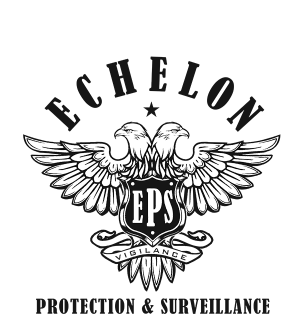 Large events and concerts present unique security challenges due to their scale, high foot traffic, and the festive, often chaotic, atmosphere. Ensuring the safety of attendees, performers, and staff requires meticulous planning, coordination, and the implementation of robust security strategies. This article explores key approaches to securing large-scale events and concerts effectively.
Large events and concerts present unique security challenges due to their scale, high foot traffic, and the festive, often chaotic, atmosphere. Ensuring the safety of attendees, performers, and staff requires meticulous planning, coordination, and the implementation of robust security strategies. This article explores key approaches to securing large-scale events and concerts effectively.
Comprehensive Security Planning
Effective security for large events begins with comprehensive planning. This involves assessing potential risks, understanding the event’s nature, and identifying specific security needs. Collaboration with local law enforcement, emergency services, and event organizers is crucial for developing a detailed security plan that addresses all possible scenarios.
Crowd Management Strategies
Effective crowd management is essential for maintaining order and preventing dangerous situations like stampedes or overcrowding. Strategies include designing clear entry and exit routes, using barriers to control movement, and having trained staff to manage crowd flow. Monitoring crowd density through surveillance systems can also help in making real-time decisions to alleviate congestion.
Advanced Surveillance and Monitoring
Implementing advanced surveillance systems is key to monitoring large events. Cameras equipped with facial recognition technology can identify known threats, while drone surveillance can provide an aerial view of the event, helping security personnel to respond quickly to any incidents.
Access Control Measures
Controlling access to the event venue is vital for security. This includes securing all entry points and implementing thorough screening processes for attendees. Metal detectors, bag checks, and pat-downs are effective methods for preventing prohibited items like weapons or explosives from entering the venue.
Emergency Preparedness and Response
Being prepared for emergencies, such as fires, medical incidents, or terrorist attacks, is critical. This involves having a clear emergency response plan, training staff in emergency procedures, and ensuring easy access to medical facilities and evacuation routes.
Utilizing Technology for Security
Technology plays a significant role in event security. From ticketing systems that prevent fraud to apps that provide real-time security updates to attendees, leveraging technology can enhance overall security efficiency.
Training and Briefing Security Personnel
Security personnel should be well-trained and briefed about the specific challenges of the event. This includes understanding the layout of the venue, being aware of high-risk areas, and knowing how to deal with various types of security incidents.
Coordination with Local Authorities
Close coordination with local authorities is essential for ensuring comprehensive security coverage. This includes sharing intelligence, aligning emergency response protocols, and ensuring that law enforcement is prepared to intervene if necessary.
Communication and Information Dissemination
Effective communication among security personnel, event organizers, and attendees is crucial. Information about security procedures, emergency exits, and safety protocols should be clearly communicated to all attendees.
Post-Event Review and Feedback
After the event, conducting a post-event review is important for identifying what worked well and what areas need improvement. Gathering feedback from security personnel, attendees, and local authorities can provide valuable insights for future events.
Conclusion
Securing large events and concerts requires a multi-layered approach that combines thorough planning, advanced technology, effective crowd management, and close collaboration with local authorities. By implementing these strategies, event organizers can ensure a safe and enjoyable experience for all attendees, making the event a memorable success for the right reasons.


